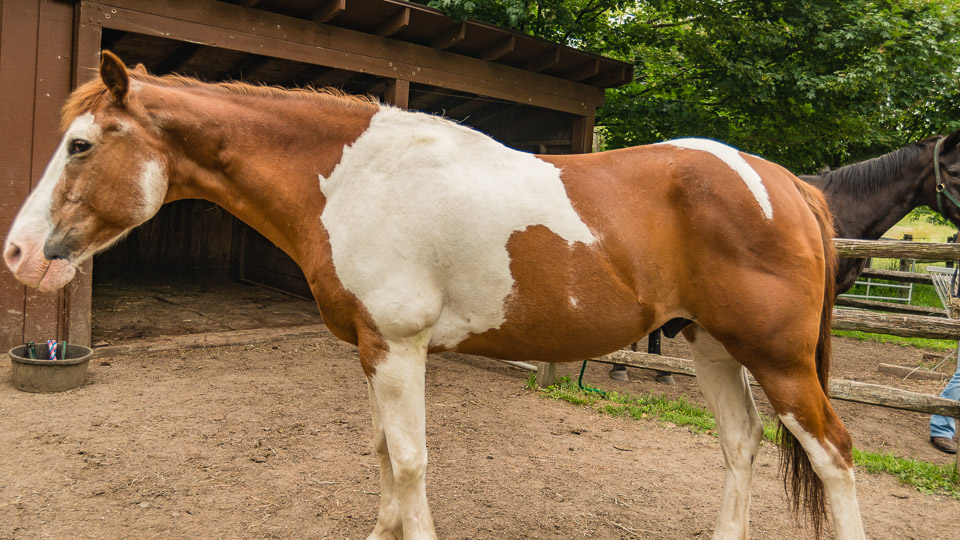
Horse Nutrition – Body Condition Score
The Henneke horse body condition score was published by a professor at Texas A&M University in 1983 and is named after him. He wanted to use a simple system for horse owners to score the body condition of their horses. It has become popular and used widely.
The range is 1 to 9 with a 5 being ideal. However most horse owners like some fat on the bones. Most of the horses I see in the US are at least a 6 and often a 7 or 8. This is from the over feeding of horses along with a reduced work load. The reason behind this is 1) more owners have their horses for pleasure and feel that feeding them enhances their connection. In short, they believe that food equals love. In addition, the marketing of feed for horses has become the only mentor to teach horse owners how to feed. Obviously the agenda here is to sell more food. Coupling the marketing with the perception owners have for the “look”of their horses and the BCS only climbs. 2) Horses are no longer needed for pulling people and supplies to and from town. Their use for war ended about 1915. Their use for field work was replaced by tractors in the 1950’s. Little work plus more food creates more body fat.
On the other side are the overworked and underfed horses. Here the scores drop below 5. Starvation, whether it is intentional or not, leads to the absorption of body fat for use as fuel. Let’s look at some of the causes.
**CONTINUED IN ARTICLE TAB**
Related material – Sometimes I have a lot of material here that I have written, podcasted, video blogs and other things. They will be listed in this tab.
Use the browser back button or menu to return to the index of topics.
⬇︎ CLICK ANY IMAGE BELOW TO REVEAL MORE INFORMATION ⬇︎
The Henneke horse body condition score was published by a professor at Texas A&M University in 1983 and is named after him. He wanted to use a simple system for horse owners to score the body condition of their horses. It has become popular and used widely.
The range is 1 to 9 with a 5 being ideal. However most horse owners like some fat on the bones. Most of the horses I see in the US are at least a 6 and often a 7 or 8. This is from the over feeding of horses along with a reduced work load. The reason behind this is 1) more owners have their horses for pleasure and feel that feeding them enhances their connection. In short, they believe that food equals love. In addition, the marketing of feed for horses has become the only mentor to teach horse owners how to feed. Obviously the agenda here is to sell more food. Coupling the marketing with the perception owners have for the “look”of their horses and the BCS only climbs. 2) Horses are no longer needed for pulling people and supplies to and from town. Their use for war ended about 1915. Their use for field work was replaced by tractors in the 1950’s. Little work plus more food creates more body fat.
On the other side are the overworked and underfed horses. Here the scores drop below 5. Starvation, whether it is intentional or not, leads to the absorption of body fat for use as fuel. Let’s look at some of the causes.
Starvation has been caused by the intentional withholding of food. An example of this includes when a boarder pays for the grain and hay and assumes the farm owner is feeding it. Instead the farm owner feeds it to their horses. I have actually seen this happen to an unsuspecting new horse owner.
Starvation has occurred when a horse owner loses interest in their horses. It is like they have parked the horse in the garage. Out of sight, out of mind. I have seen several cases of this as well. Often the daughter who cried for the horse is the one who is now paying attention to boys and the parents just don’t realize the horse needs food. Sometimes a family has job and money problems and can no longer afford to pay. They are too embarrassed to ask for help. In one case I was involved in, at the courthouse the horse owner was defending her actions and believed that there was no one else capable of caring for her horses. This later group is called hoarders by psychologists.
Another cause of starvation is when the owner feeds a lot of grain but the horse continues to lose fat. This is called a “hard keeper.” The cause of this is explained further in the nutrition course and topics. In a nutshell, the grain and grain byproducts in some horses cause a lot of inflammation in the intestinal tract. This inflammation consumes a lot of energy as well as prevents the absorption of glucose, fat and amino acids due to the thickening and leaking of the gut wall. The result is starvation in the midst of plenty. The solution is to remove all food other than pasture and hay.
Disease other than gut inflammation can also cause the loss of body fat. The most common “disease” is very old age where the horse’s ability to continue to create fuel and transport has been reduced. Lost cheek teeth is also a cause where the horse can not get the food in front of him into his stomach because chewing is compromised. A swallowable bolus of food can no longer be made. Good management can help to prevent this and to overcome it. Other diseases include organ disease (heart, liver, kidney) and lung disease (pneumonia, COPD).
Weather is a natural cause of fat loss in winter and increased BCS in the summer. This is the natural ebb and flow all horses need to go through to maintain their health. Losing body fat in winter is normal and actually helps improve the health of the horse at the cell level. This is so important to understand but is commonly neglected. Most horse owners focus on maintaining the BCS during winter by increasing the availability of raw materials (grain, hay) for fuel production. This is made worse when the horse is also worked (used in a sport) in the winter and even more food is given. Please see the topic on hormesis to fully understand this concept.
There are many reasons for a horse to have the BCS score that it does. The important point here is to understand that this should fluctuate throughout the year. Aiming for one and keeping it there throughout the change of seasons isn’t natural and should be avoided. Rather a range of 4 to 6 with an athletic horse being 4 to 5 in winter and 5 in summer, an average horse being a 4 to 5 in winter and 5 to 6 in summer, and a pastured horse without additional food a 4 to 6 from winter to summer.
Remember that if your horses are exposed to a severe winter and the BCS gets below a 5, don’t wait until they are a 4 to act. Add more food to avoid the horses passing through a 4 and onto a 3. On the flip side, if the horse is a 6 and summer is just starting you will need to limit their access to the fat creating summer pasture.
Just remember these points:
- Feeding horses is not only constantly changing throughout the year, it is also an individual adjustment. Some get fat on air and some don’t.
- Fat is a sign of inflammation. Keeping body fat year round will eventually harm your horse.
- Increasing fat means that insulin is high. Your horse cannot lose fat when there is insulin and insulin is always around when there is glucose (starch).
- It is OK for a horse to become thin. Think this – a horse losing body fat is gaining health.


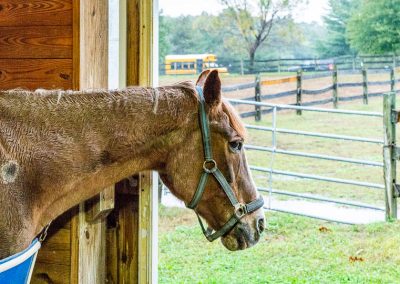
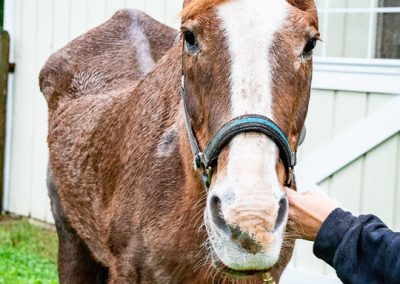
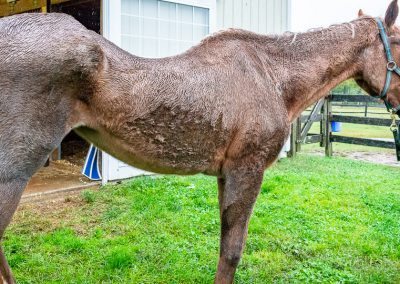
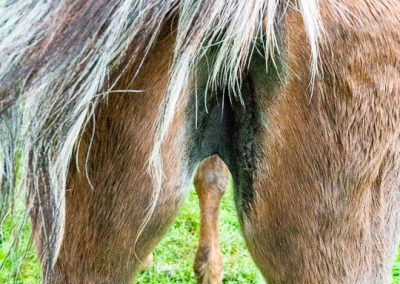
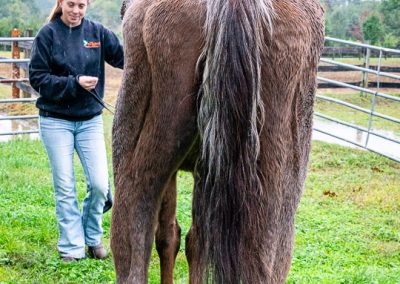
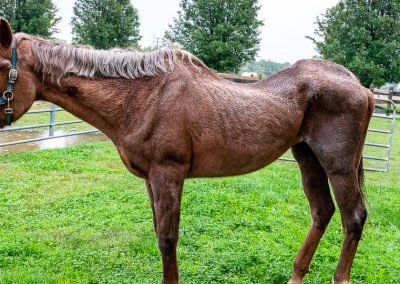
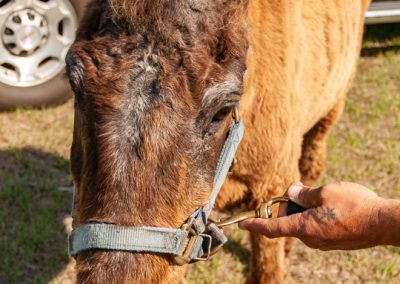
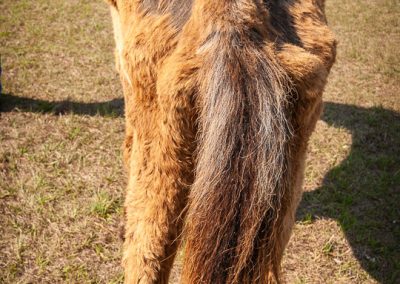
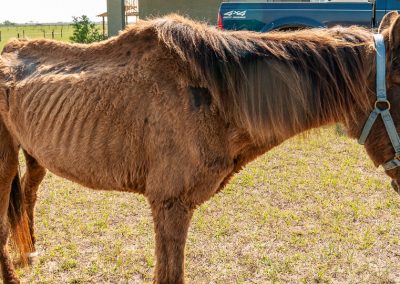
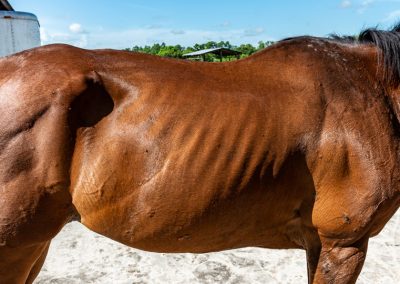
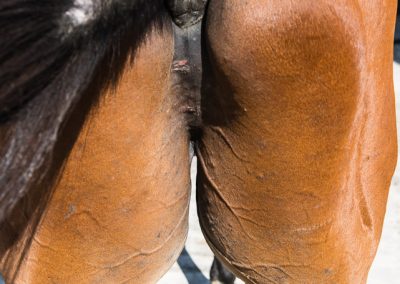
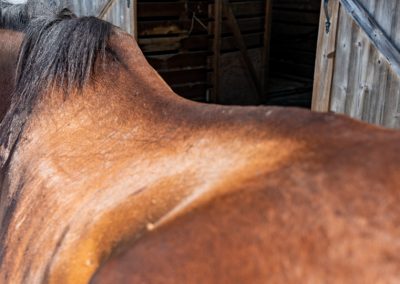
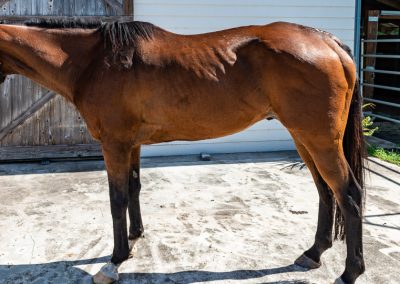
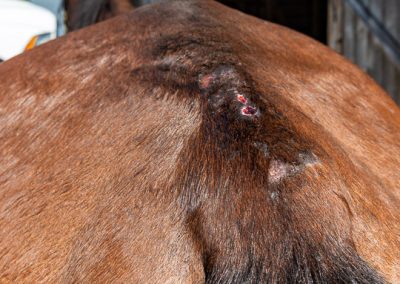

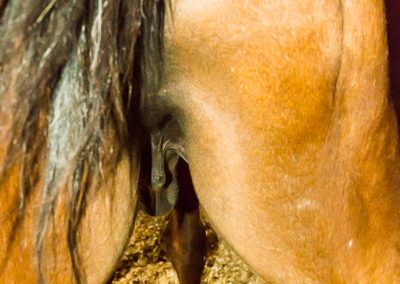
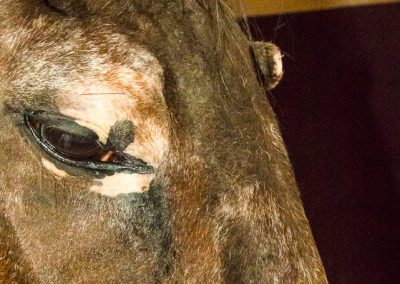
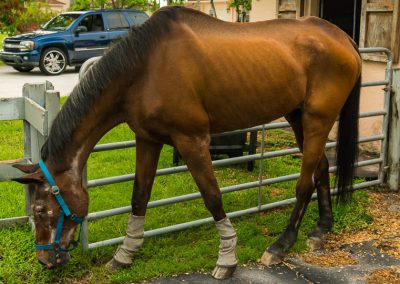
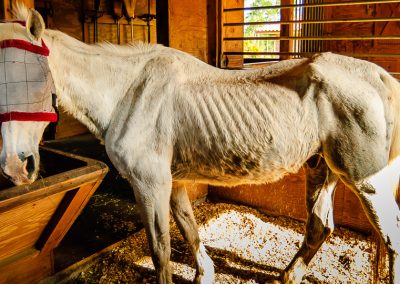
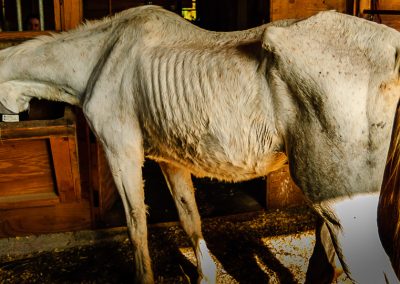
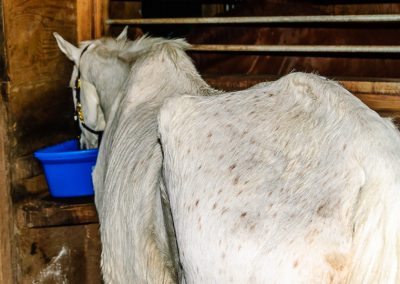
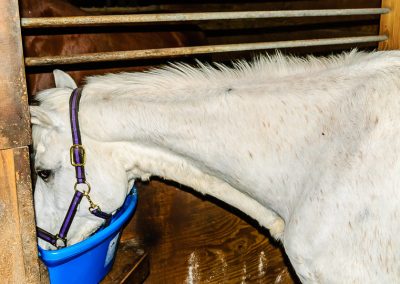
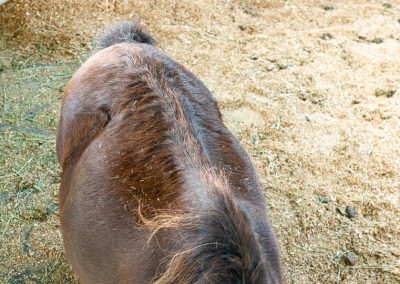
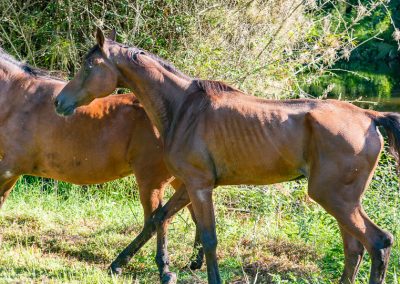
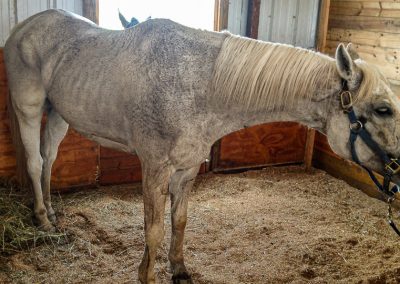
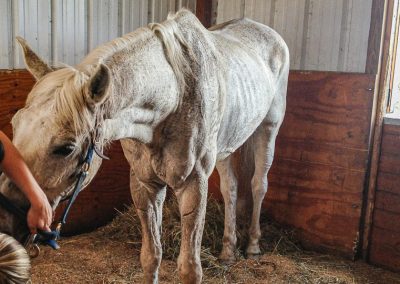
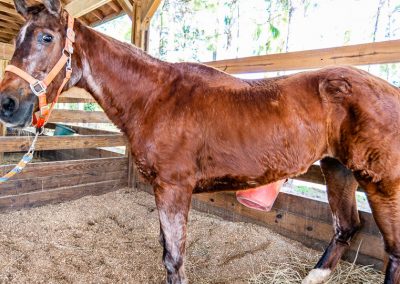
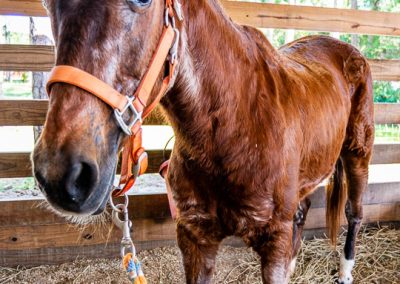
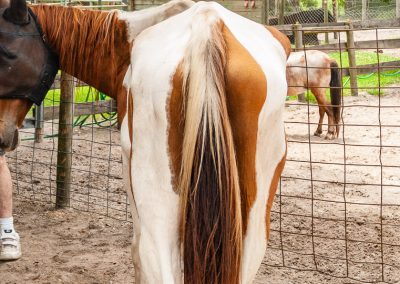
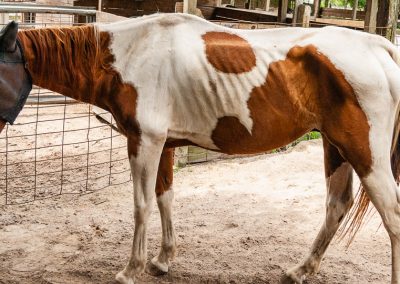

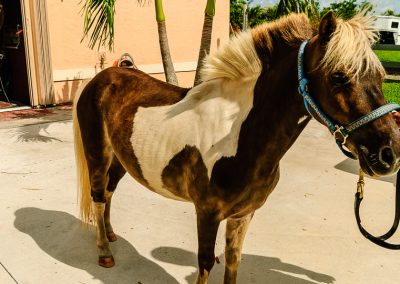

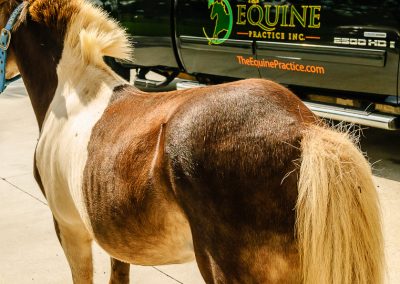

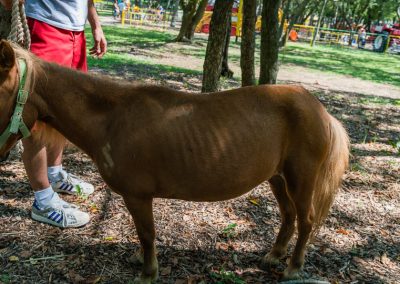
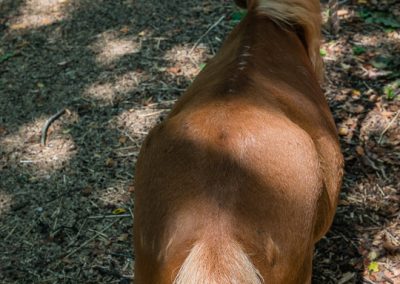
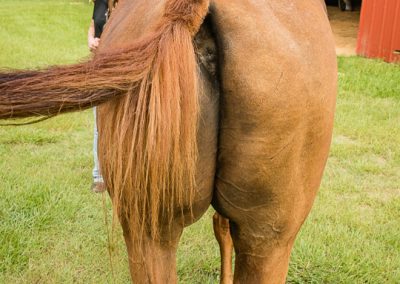
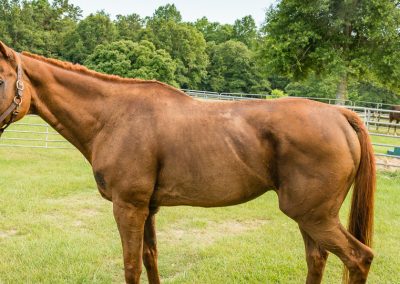
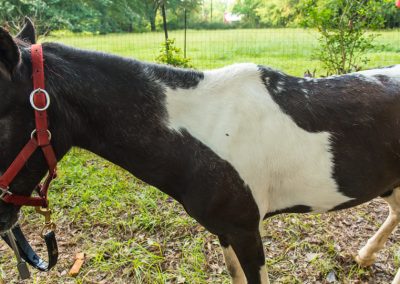
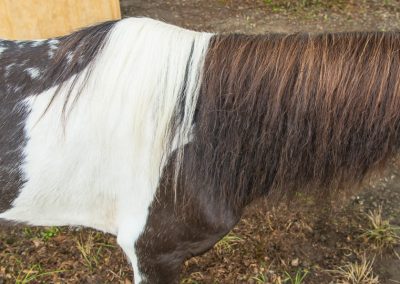
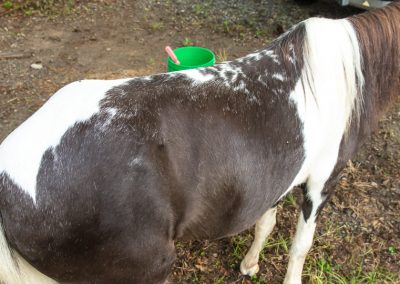
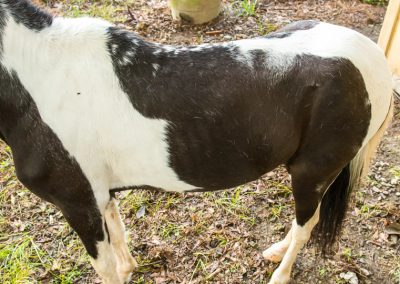
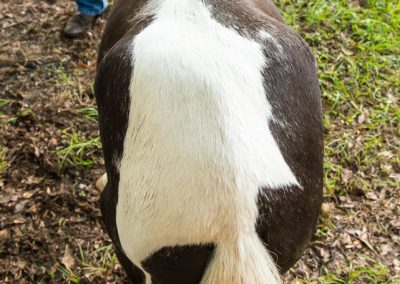
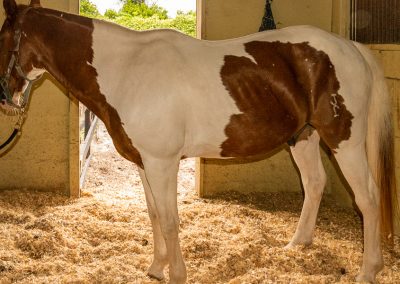
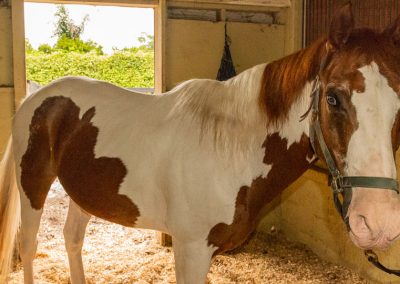
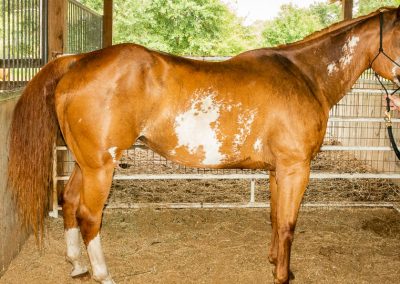
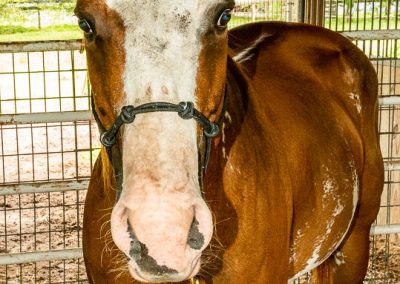
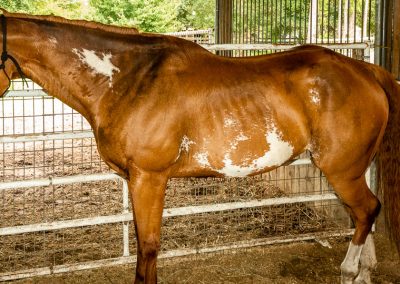
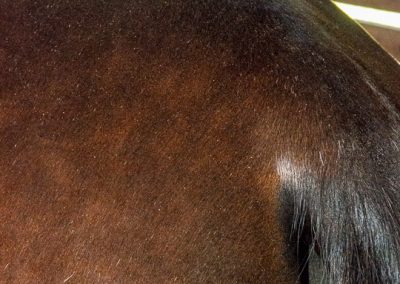
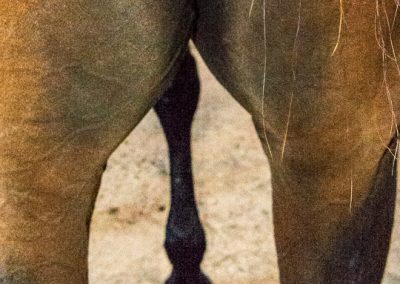
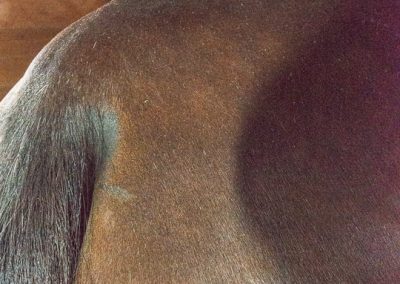
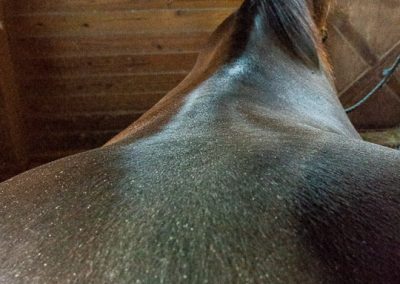
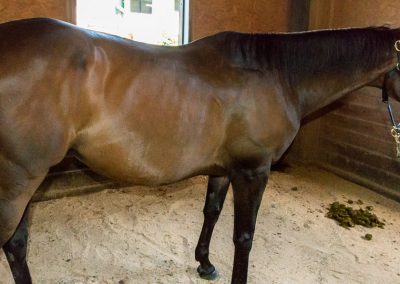
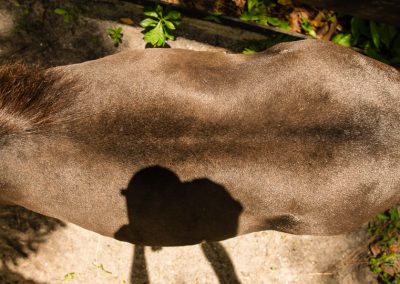
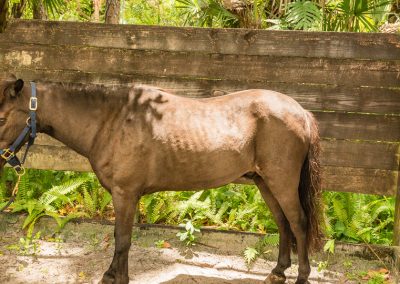
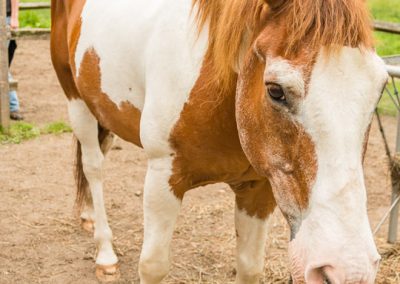

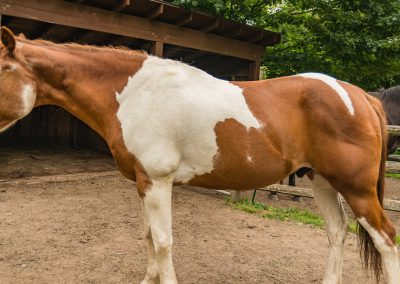
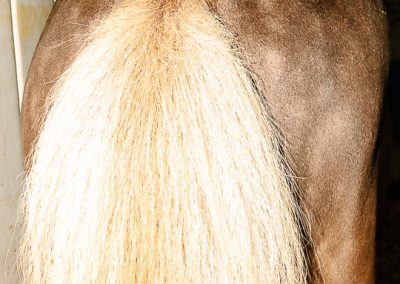
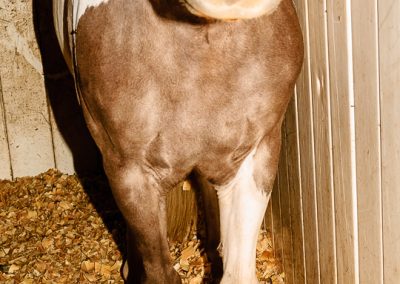
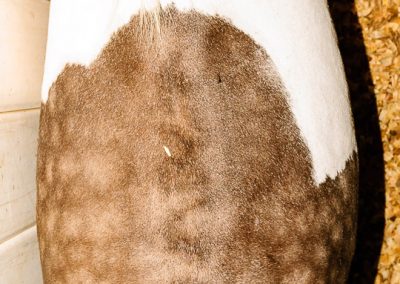
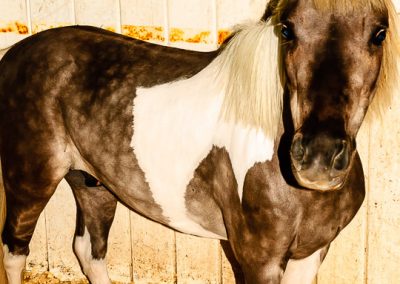
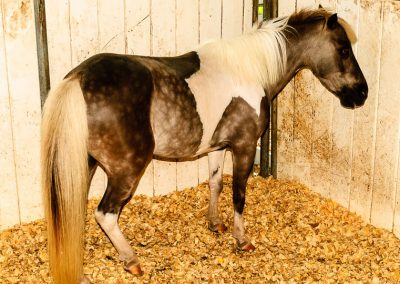
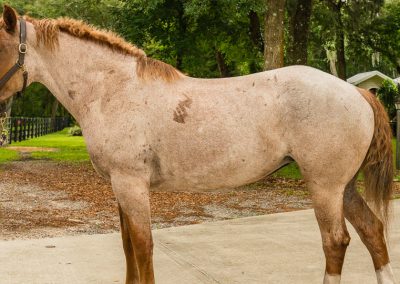
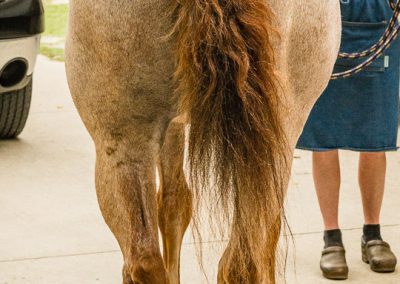

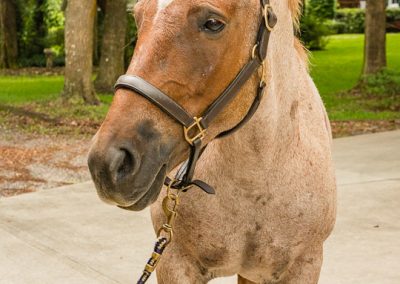
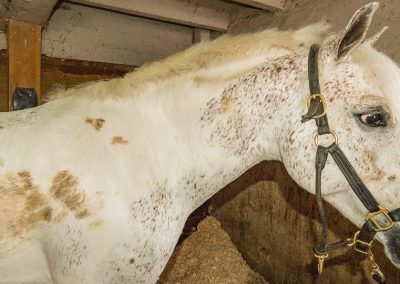
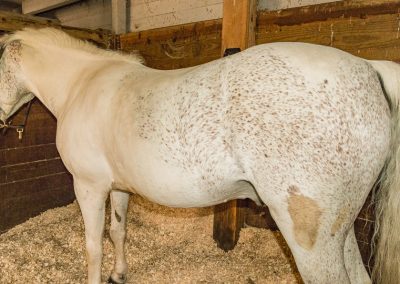
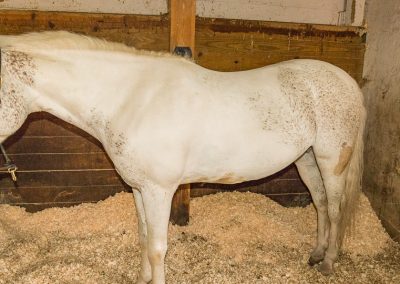
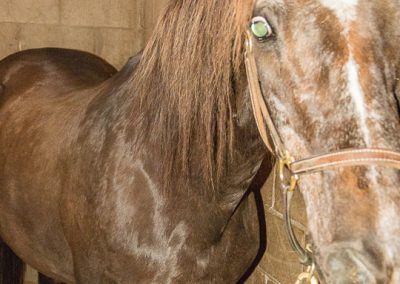

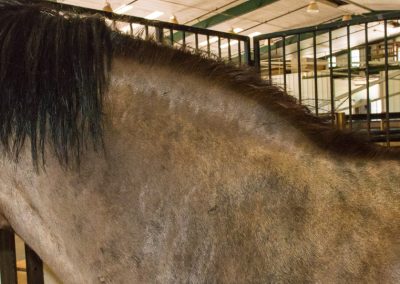
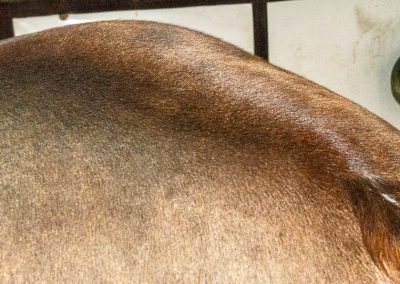
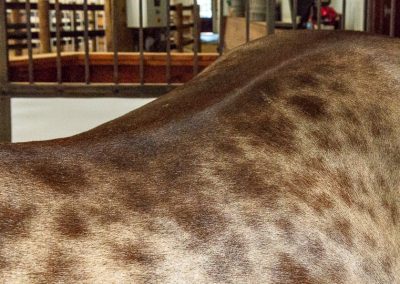
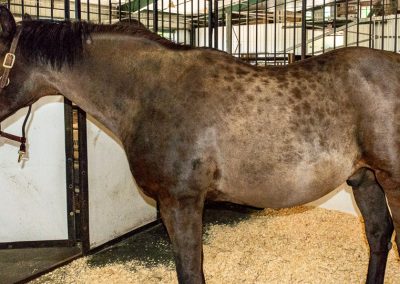
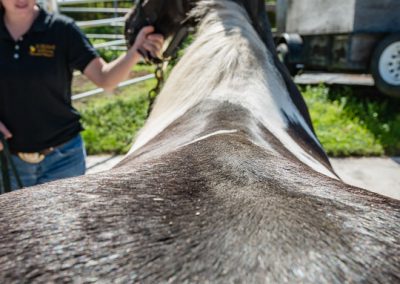
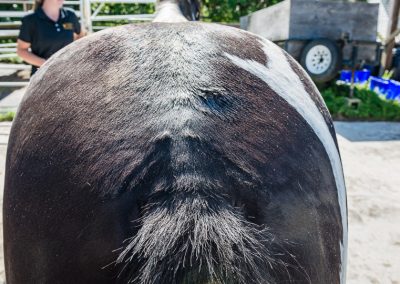
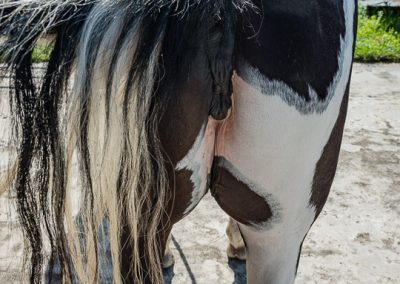

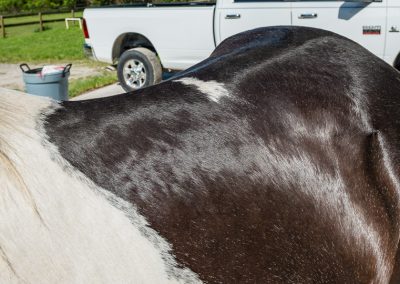
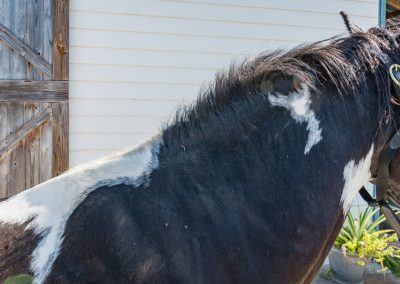
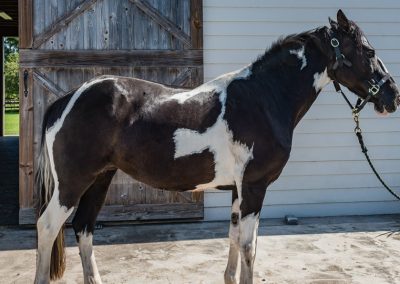
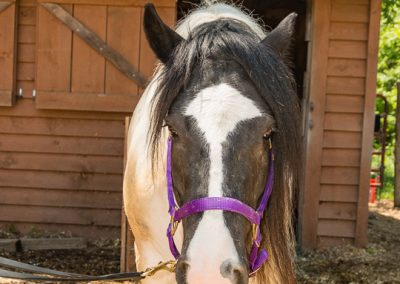
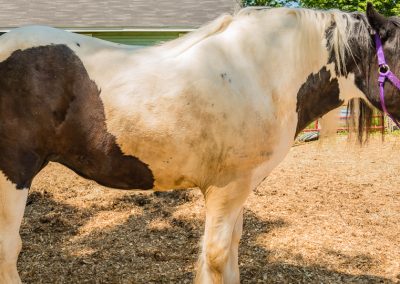
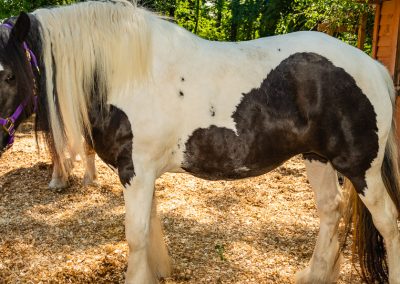
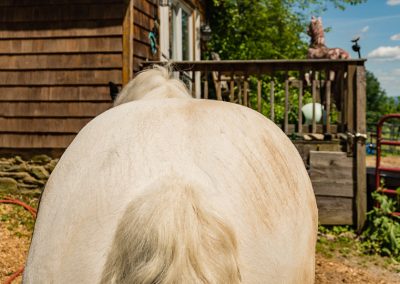
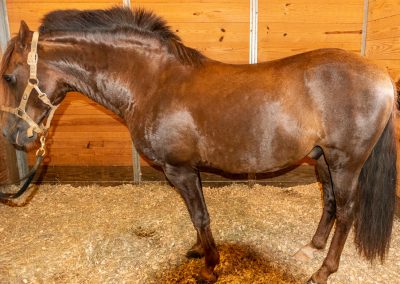

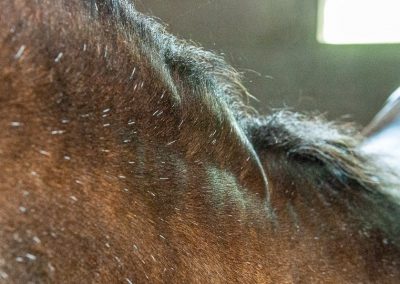
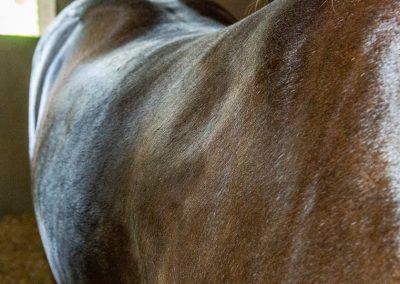
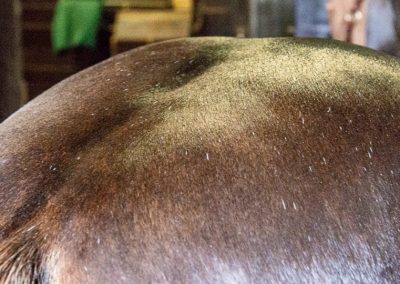
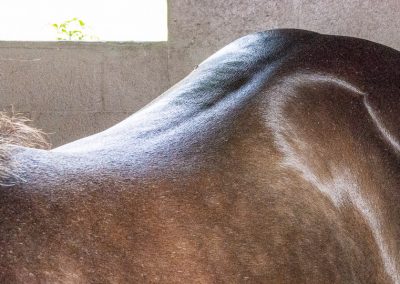


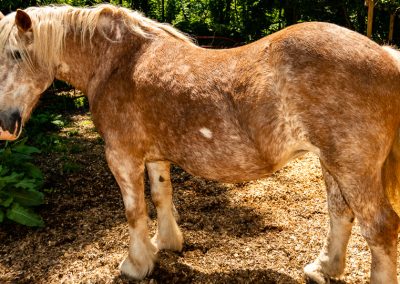
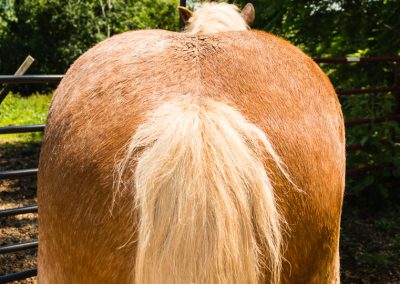
Responses